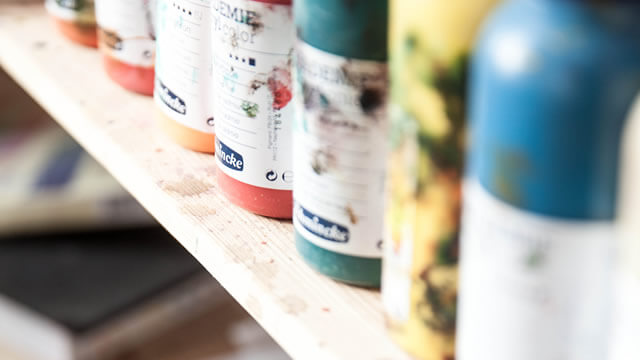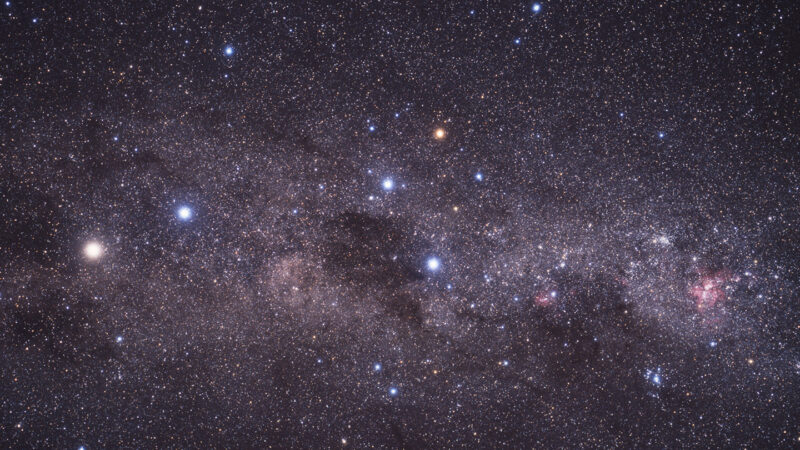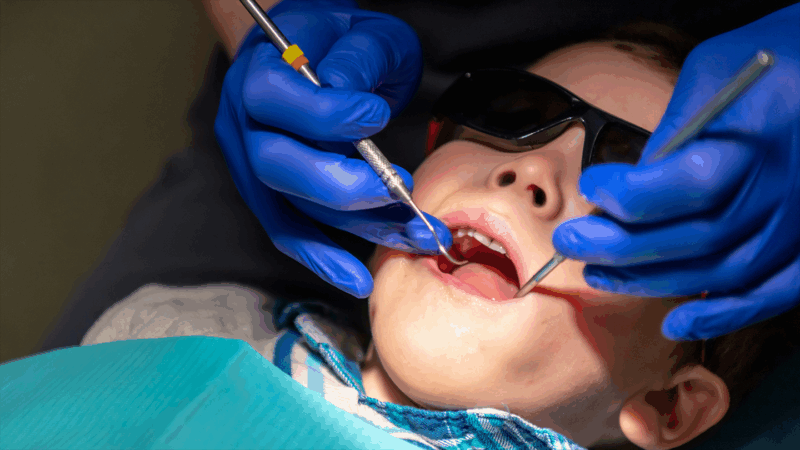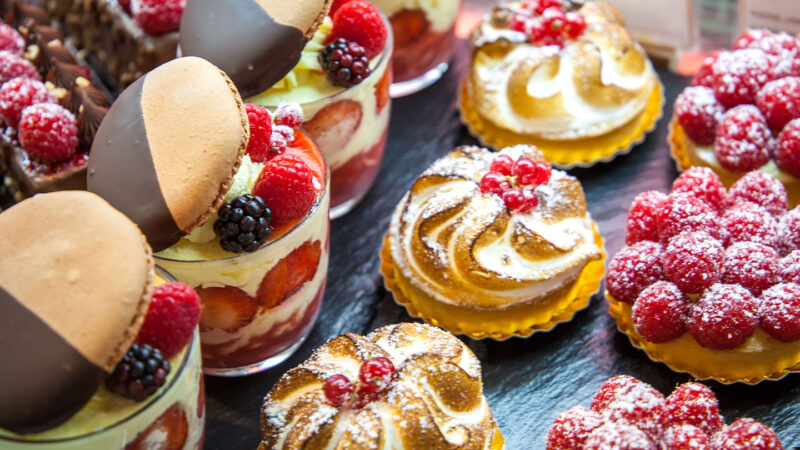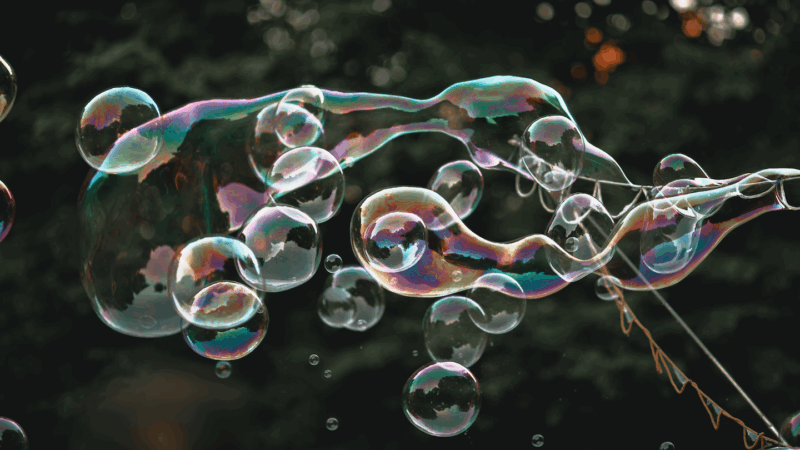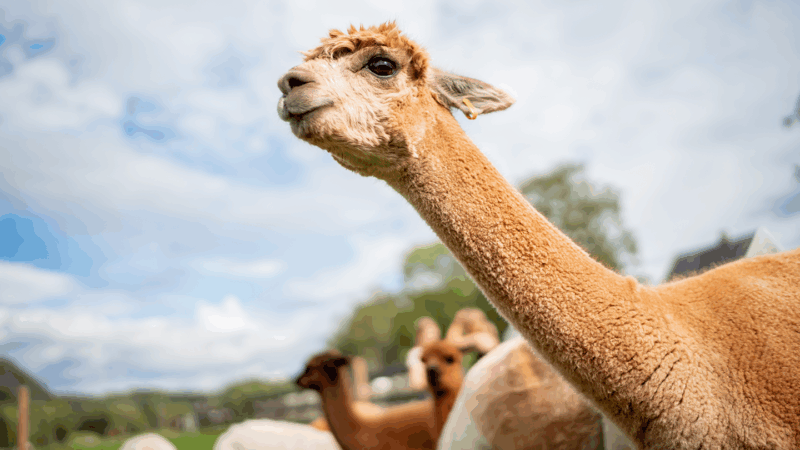[vc_row css_animation=”” row_type=”row” use_row_as_full_screen_section=”no” type=”full_width” angled_section=”no” text_align=”left” background_image_as_pattern=”without_pattern”][vc_column][vc_column_text]The Science of Color
Science and art go hand in hand. In this activity, you will learn the science behind color mixing. Get ready to create a masterpiece.
Here’s What You Need
- Paper plates
- Pretzel sticks
- Cake frosting
- Red, blue, and yellow food coloring
- Napkins
Here’s What You Do
Place three dabs of cake frosting on the paper plate. Add a few drops of yellow, red, and blue food coloring to the cake frosting so there is one dab of each color. Use the pretzel stick to mix the dabs of colored cake frosting together. What colors can you make? After you have created enough colors you can eat the pretzels and colored frosting.
The Science Behind Colors
The primary colors of light are red, blue, and green. They are called primary because they can be mixed to form any other color in the spectrum.
There are two models for mixing colored pigments (such as paints or inks). The first is the RYB (Red, Yellow, Blue) Model. In this model, the primary colors are red, yellow, and blue. These three colors can be used to create all other colors. The second model is the CMYK color model (primarily used in printing). In this model, the primary colors are yellow, cyan (a bluish-green) and magenta (purplish-red). These are the primary colors because they can be mixed to form any other color of pigment.
The combination of any two primary colors of light makes a secondary color of light. The three primary colors of light are the secondary colors of pigment, and the three primary colors of pigment are the secondary colors of light.
Wondershop Fast Fact
The human eye can detect about 10,000,000 different colors.
[/vc_column_text][/vc_column][/vc_row]

